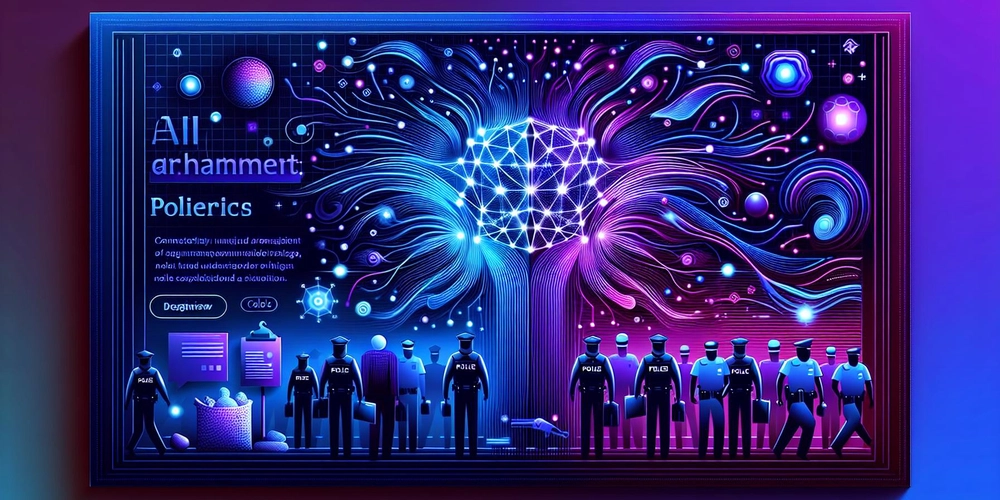I’m sure we’ve all had that moment where tech just seems to fail spectacularly, right? Well, picture this: a student casually strolling around campus with a bag of Doritos, when suddenly, out of nowhere, armed police swarm in, mistaking that innocent snack for a weapon. Sounds like the plot twist of a bad movie, doesn’t it? But no, this is real life, and it’s a startling example of how AI, while incredibly powerful, isn’t infallible. It’s a bit like getting a code snippet wrong; one tiny mistake can lead to unexpected results.
Ever wondered why we’re so quick to trust our algorithms? I’ve been exploring AI and machine learning for a while now—building models, tweaking parameters, and getting to know the good, the bad, and the downright ugly of this technology. This incident is a perfect case study of the pitfalls that can come with relying too heavily on AI without robust oversight. I’ve had my fair share of AI fails in personal projects, and believe me, those moments when the code just doesn’t behave as expected can teach us some valuable lessons.
The AI Misfire: What Happened?
So, here’s the skinny on this incident. It all started when an AI system misidentified a student’s bag of Doritos as a potential weapon. It’s a classic case of overzealous security measures gone awry. In my experience, this kind of mistake usually points to either a lack of training data or poor algorithm design. I once built a simple image classification model that couldn’t distinguish between cats and dogs because I didn’t have enough diverse training images. It’s a humbling experience when you realize your ‘cutting-edge’ AI is about as sharp as a butter knife!
What Went Wrong?
Let’s break it down. AI systems rely on machine learning to interpret data, but they can only learn from what they’re trained on. In this case, the algorithm must’ve been trained on data that didn’t effectively capture the subtleties of everyday objects—like, say, a bag of chips versus a weapon. What if I told you this isn’t just an isolated incident? There are numerous cases where AI has misidentified objects, leading to real-world consequences. It’s a reminder that AI, while revolutionary, isn’t a magic wand. I once mistook an old laptop charger for a phone charger during a hackathon. Spoiler alert: it didn’t charge my phone.
The Ethical Quandaries
This brings us to a significant dilemma: the ethics of AI deployment. By relying on AI in sensitive situations—like school security—are we risking too much? I’ve often found myself grappling with the ethical implications of AI in various projects. During a data analysis project, I discovered how biased data can lead to skewed results, ultimately affecting real lives. The balance between innovation and responsibility is delicate, and as developers, we need to tread carefully. If we’re not cautious, we could end up in a situation where technology hurts more than it helps.
My Personal Experience with AI Flaws
When I first dipped my toes into the world of AI, I was infatuated with the potential. I built a chatbot that was supposed to help users with FAQs, but it ended up giving hilariously wrong information. The takeaway? AI needs continuous monitoring and tuning. Just like you wouldn’t release a piece of software without rigorous testing, you can’t deploy an AI system without oversight. I learned this the hard way during a project that went live with a bug. It’s a humbling moment when users point out that your ‘smart’ system isn’t so smart after all!
The Importance of Human Oversight
This leads me to the crux of the issue: AI isn’t a replacement for human judgment. We need checks and balances. I remember an incident during a team project where we relied too heavily on an automated testing tool. It missed critical flaws in our code, and we ended up having to roll back an entire release! Now, I make it a point to combine automated processes with human reviews. We should never let our algorithms take the wheel without a capable driver.
Practical Code Examples
Let’s talk about the practical side for a moment. When I work with AI image recognition, I always emphasize using diverse datasets. For instance, if you’re training a model to recognize bags of chips, make sure you include a wide variety of images—not just from one brand. Here’s a quick snippet of how I typically set up a simple image classification model using TensorFlow:
import tensorflow as tf
from tensorflow.keras import layers, models
# Load your dataset
def load_data():
# Assuming images are in a directory structure
train_ds = tf.keras.preprocessing.image_dataset_from_directory(
'path/to/train',
image_size=(180, 180),
batch_size=32)
return train_ds
# Build the model
model = models.Sequential([
layers.Rescaling(1./255, input_shape=(180, 180, 3)),
layers.Conv2D(32, 3, activation='relu'),
layers.MaxPooling2D(),
layers.Conv2D(64, 3, activation='relu'),
layers.MaxPooling2D(),
layers.Conv2D(128, 3, activation='relu'),
layers.MaxPooling2D(),
layers.Flatten(),
layers.Dense(128, activation='relu'),
layers.Dense(10, activation='softmax') # Assuming 10 classes
])
model.compile(optimizer='adam',
loss='sparse_categorical_crossentropy',
metrics=['accuracy'])
In my experience, the key to success with ML models is experimentation. Don’t just rely on one architecture; try various models, tune hyperparameters, and always keep an eye on your validation data to avoid overfitting.
Moving Forward: The Future of AI
As we move forward in the tech landscape, I’m genuinely excited about the possibilities AI holds. However, I’m also aware of its limitations. The future of AI should be about collaboration between humans and machines, not one replacing the other. I often wonder how we can ensure that technology enhances our lives instead of complicating them. It’s a challenge that we, as developers, need to embrace.
Final Thoughts
In wrapping up, I believe this incident serves as a wake-up call. As developers and tech enthusiasts, we must advocate for responsible AI use. It’s not just about creating more sophisticated algorithms; it’s also about making sure they work as intended in the real world. So, let’s keep pushing the envelope while ensuring we don’t lose sight of the human element. After all, technology is meant to serve us, not the other way around.
As I sip my coffee, I can’t help but feel hopeful. With each challenge we face, we learn and grow. Here’s to building better, smarter, and more responsible technology together!



